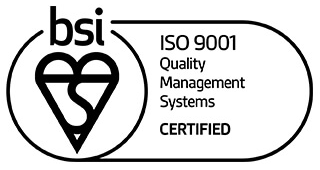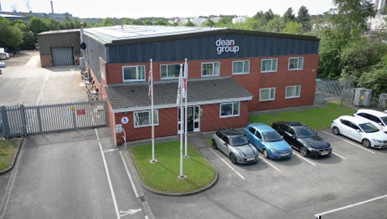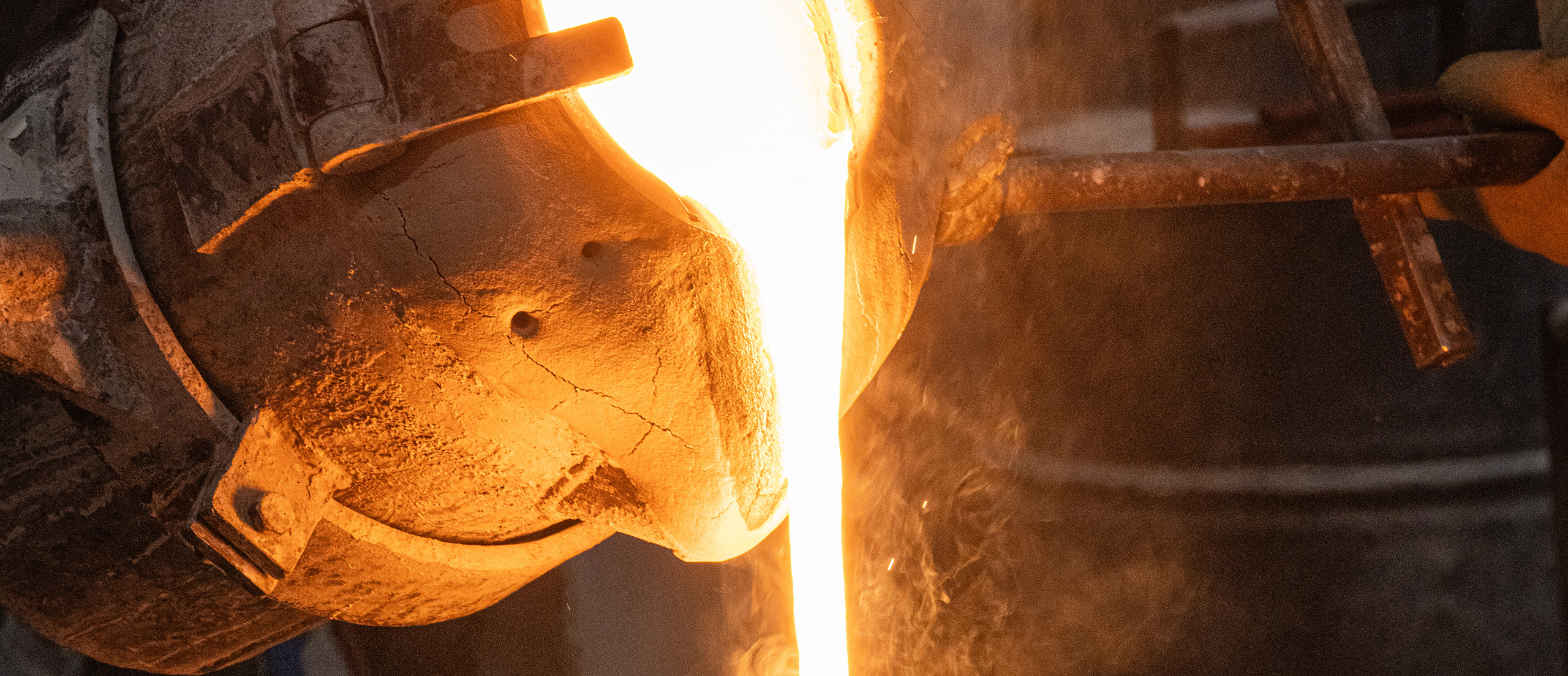Unveiling the Process of Precision Metal Casting at Dean Group
We proudly present our latest innovative video, a testament to our commitment to excellence, cutting-edge technique, and refined processes. This multimedia exploration grants you access to our behind-the-scenes operations, imparting an understanding of our distinctive attention to quality and innovation.
The video below offers insight into the production stages, ranging from CAD preparation through 3D Rapid Prototype wax thermojet printing to wax mould creation and, ultimately, to our precise casting processes. We invite you on this journey of discovery, providing you with a front-row seat to our quality control routine that sets us apart in the industry.
Now you've seen our comprehensive overview in the video, read on to learn more about each highlighted video segment, offering a detailed walk-through. Uncover the science, technology, and expertise at play, shaping the superior and persistent quality synonymous with all our work here at Dean Group.
1. Simulation Testing and CAD Preparation for Metal Casting

CAD Design Assessment
CAD preparation is key in our investment casting process, particularly in the planning of the gating system, ensuring the smooth manufacturing of precision parts. By applying CAD, our team can design and modify complex parts with exceptional precision and rapidity. This not only enhances efficiency but also noticeably reduces lead times.
Our use of state-of-the-art software, such as the Solidworks CAD system, aids in casting simulation and 3D printing G-code preparation software, underlines the accuracy of our CAD designs. These technologies allow us to endeavour to prototype securing design verification while promoting agile production.
Simulating How the Liquid Metal Interacts with the Mould
Our simulation technology grants us the foresight that is instrumental in our approach, enabling us to anticipate and facilitate potential challenges related to the later mould creation. By precisely mimicking the casting process and conditions digitally, we're able to foresee and rectify possible defects before they impact the manufacturing process. This high-level predictive capability enhances our accuracy efficiency and mitigates risks.
By leveraging these methodologies, we ensure that we rise above traditional casting limitations and are primed for problem-solving before commencing the actual casting. At this stage, our team's dedication to precision sets the tone for the rest of the casting journey, proving integral in realising our mission - making the difficult achievable.
2. In-house 3D Rapid Prototype Wax Thermojet Printer for Design Development

This is why we chose to invest in our advanced in-house Thermojet Wax printing system to create detailed design prototypes with unparalleled speed and precision.
Our 3D printing process enables swift and affordable development by generating accurate wax models directly from your CAD data. These wax replicas are built layer-by-layer using cutting-edge Thermojet Wax printing technology. As one of the fastest methods available, our Thermojet Wax system is perfect for swiftly creating small quantities of parts for validation or one-off batch orders.
Our Thermojet Wax printing prototyping service brings several advantages to design development, such as:
- Speed: By utilising our in-house 3D wax thermojet printing process, we expedite prototype development without compromising on quality, ensuring rapid speed to market.
- Flexibility: Our 3D printing services cater to the requirements of various projects, regardless of their size or scope. This adaptability allows for product validation prior to full-scale roll-out and design changes before final release.
- Cost Efficiencies: Rapid prototyping helps minimise development costs incurred during multiple iterations of your product. By testing design theories prior to full product development, costs are reduced while the risk of unforeseen complications is mitigated.
With our in-house 3D wax printing process, we maintain the quality and authenticity expected from our rapid casting prototyping and broader casting services.
3. Wax Creation and Assembly

The important role of the runner system shouldn't be overlooked. It ensures molten metal properly fills the mould without any airspace, negating the risk of faults. A well-devised runner system boosts the efficiency and yield of the casting process, minimising imperfections such as porosity, shrinkage, and distortion.
We then meticulously clean the wax and submerge it in a blend of citric acid and water. Part of this process includes fastening the components to a sturdy runner. The acid bath performs a dual role: it de-greases the wax and prepares the smooth surface for the shell media to adhere to, highlighting the inherent grain of the mould. With these steps completed, the wax mould advances to the next stage.
In every step, precision, expertise, partnership, and your project's success remain top of mind.
4. Shell Application Over the Wax Mould

We begin by submerging the mould in an adhesive slurry, which supports sand adhesion. Our sand selection varies from exceedingly fine to significantly coarse, offering versatility. Repeatedly dipping the mould into the adhesive slurry and sand creates a heat-refractory layer, ultimately encasing the wax.
5. Wax Removal and Recycling

Our eco-friendly approach values resourcefulness, as we recycle the extracted wax for earlier steps in the process. This cycle repeats multiple times before the wax becomes unusable.
Preparation concludes with mould pre-heating, which exposes the mould to extreme temperatures similar to those experienced during metal pouring. Pre-heated shells facilitate molten metal flow and avert risks associated with cold edges and thermal shock, ensuring a seamless transition to the metal casting stage.
6. UK Casting Types and Final Metal Casting with Prepared Shell
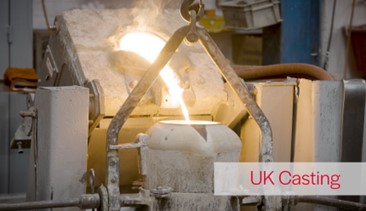
Once it is filled, it is left to cool and solidify; then, the shell is removed. Once it’s safe and the shelled mould is removed from the solid metal, the desired parts are cut away from the runner system, and both the shelled mould and runner are recycled back into the system.
The cast parts will now be sent for checks and final finishing. At our foundry, we use several additional casting processes, such as:
These enable us to handle complex or large-scale design requirements as well as any specifications our clients need.
7. Quality Checking
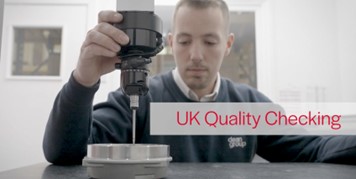
These stringent measures involve comprehensive testing and assessment. We perform metal spark testing for insightful analysis; it is a diagnostic technique that involves creating sparks by making contact between the metal sample and a grinding wheel—. By examining the sparks and their characteristics, we evaluate the material composition, confirming that it adheres to project specifications.
High-Quality UK Investment Casting at Dean Group
Our commitment to meticulous inspection solidifies product quality and trust, showcasing our unwavering dedication to manufacturing the highest quality castings from our UK foundry.
We're continuously committed to supporting companies of all sizes by offering bespoke productions from a wide range of alloys, such as our recent success casting for the cloud cities of Barcelona.
All our manufactured goods are created in our ISO 9001:2015 approved foundry located in Manchester, UK. Contact us today to discuss your next project and discover which of our processes will best fulfil its requirements.
Registered in England VAT No: 146307478 Company Registration No: 1062820
